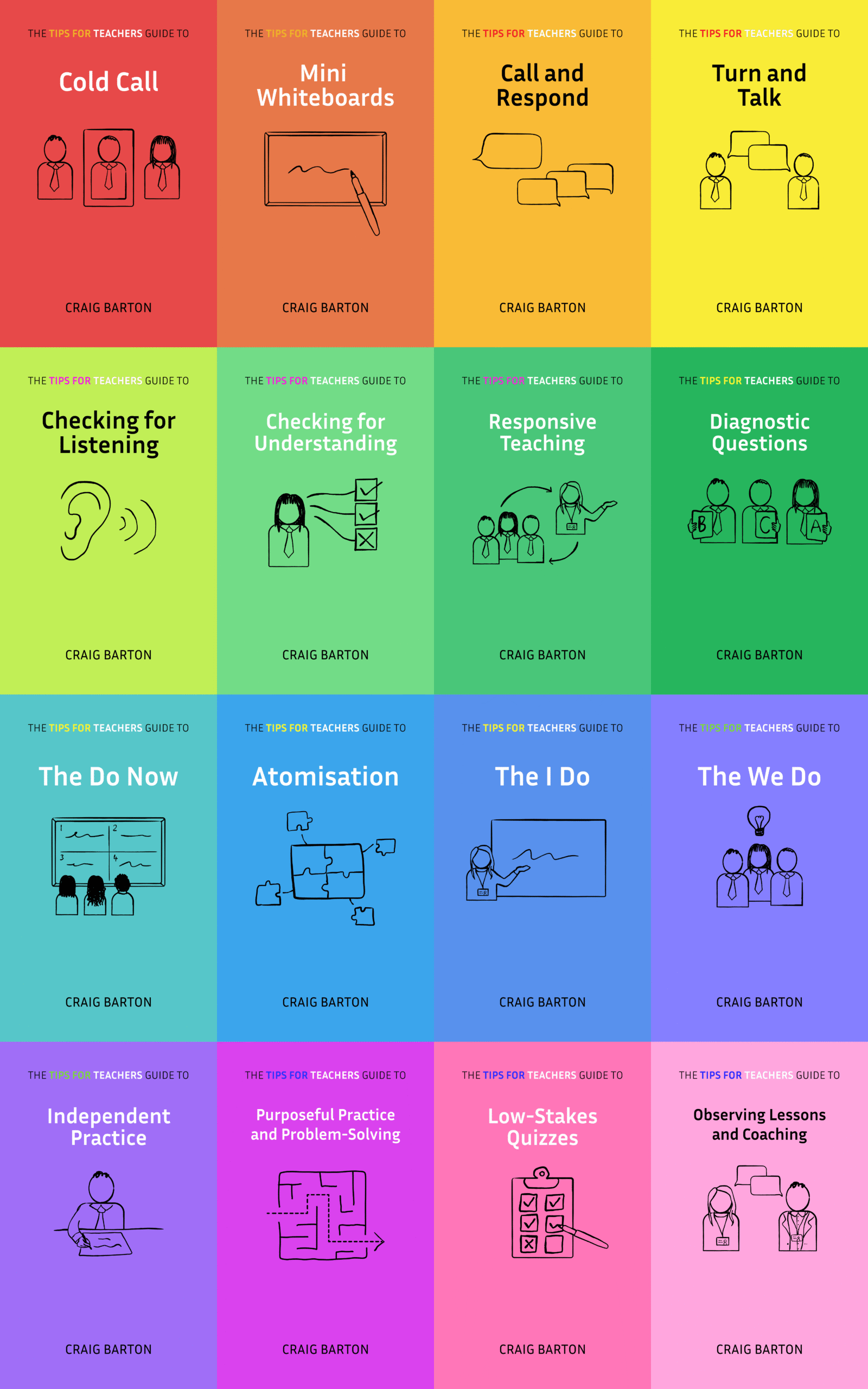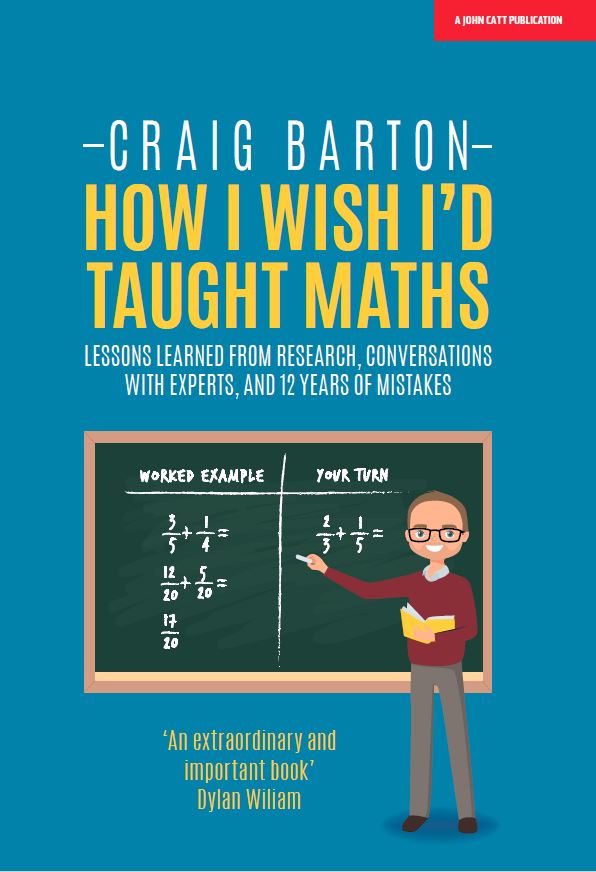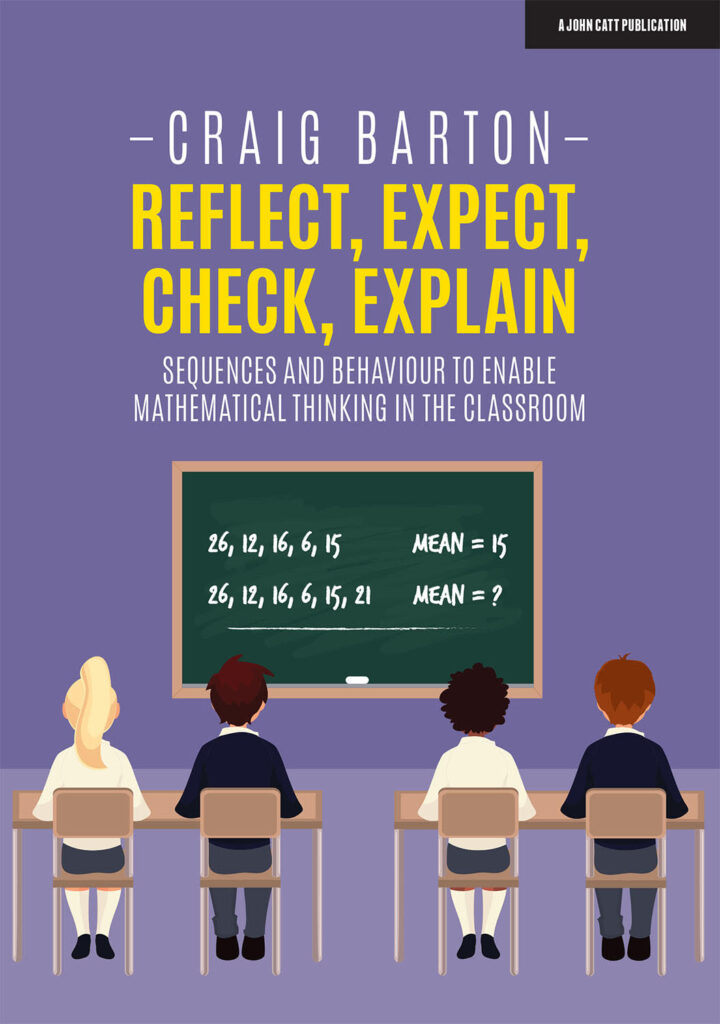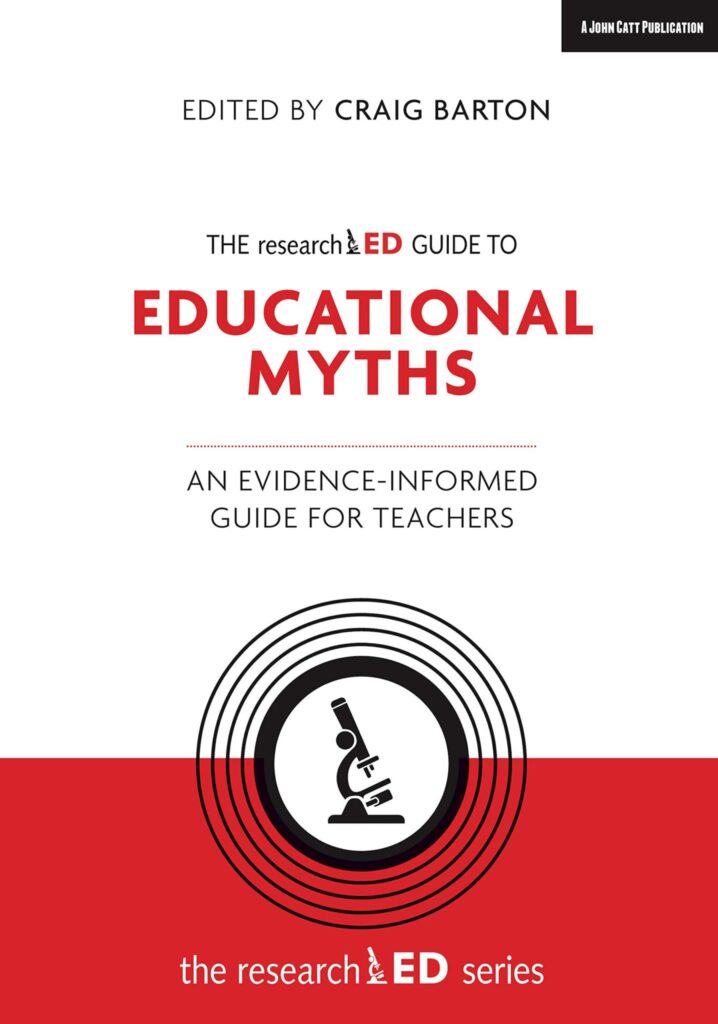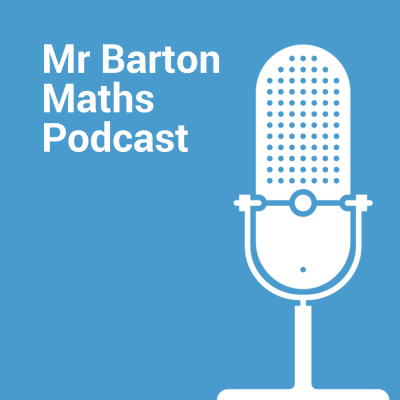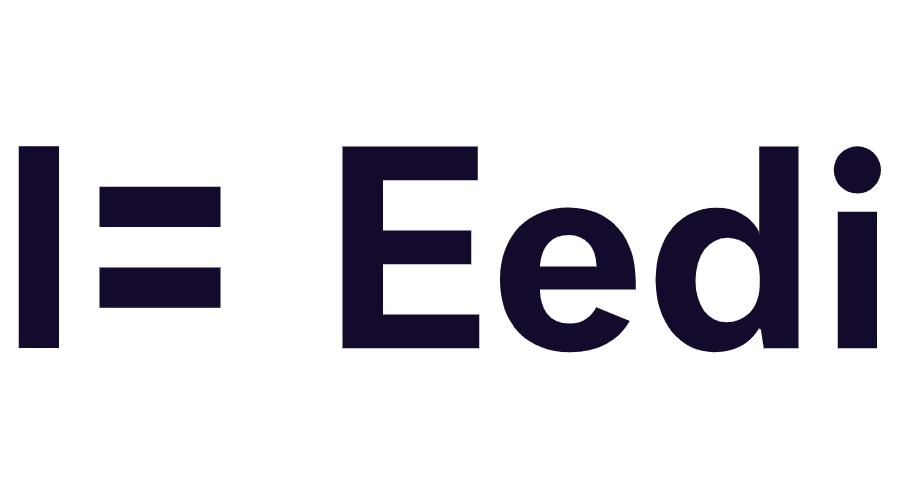
- Title: Investigating the impact of Accessible Pedagogies on the experiences and engagement of students with language and/or attentional difficulties
- Authors: Haley Tancredi, Linda J. Graham, Callula Killingly & Naomi Sweller
- Access the original paper here
- Listen to a deep-dive podcast:
- Watch a video overview:
Paper summary
This academic paper explores the impact of Accessible Pedagogies™ on the classroom experiences and engagement of Year 10 students with language and/or attentional difficulties in Australia. The research highlights that students with disabilities often report lower school engagement, and traditional interventions typically focus on student-centric issues rather than instructional barriers. Through a mixed-methods study, the authors investigated how teacher participation in a specific learning program designed to reduce linguistic and cognitive load affected student engagement. Findings suggest that teachers’ increased use of accessible practices led to a statistically significant improvement in cognitive engagement for students whose teachers participated, unlike a comparison group. This indicates that reducing instructional barriers allows students to better direct their mental effort towards learning.
If teachers are to remember one thing from this study, it should be…
Reducing extraneous language and cognitive load in their teaching significantly boosts cognitive engagement for students with language and/or attentional difficulties.
By adopting strategies from Accessible Pedagogies™—like clear, concise explanations, appropriate pacing, and visual supports—teachers enable these students to deploy their mental effort to engage in learning, rather than expending it on overcoming unnecessary instructional barriers. Students themselves noticed these beneficial changes.
*** Paper deep dive ***
Define the key technical terms used in the paper
Cognitive Engagement: A dimension of student engagement referring to intellectual investment in the learning process, use of deep learning strategies, and effort for comprehension, particularly when learning is difficult. This study found a significant increase in it.
Accessible Pedagogies™: A program designed to improve instructional practice by reducing barriers arising from extraneous language and cognitive load.
Extraneous Language and Cognitive Load: Instructional barriers, such as long, complex instructions or superfluous teacher talk, that burden students’ working memory and language comprehension systems.
Attention-Deficit/Hyperactivity Disorder (ADHD) and Developmental Language Disorder (DLD): Specific disabilities impacting language and information processing, which were the focus of the student group in this study.
What are the characteristics of the participants in the study?
The study involved 56 Year 10 students with disabilities impacting language and/or information processing, such as Attention-Deficit/Hyperactivity Disorder (ADHD) and Developmental Language Disorder (DLD). Their average age was 14.46 years, with 27 female, 28 male, and 1 other gender identified. Additionally, 24 English teachers from three Queensland secondary schools participated.
What does this paper add to the current field of research?
Reducing instructional barriers from extraneous language and cognitive load directly increases cognitive engagement in Year 10 students with language and/or attentional difficulties. Unlike research solely focusing on student impairment, this study shifts focus to the impact of accessible teaching practices. It uniquely shows that students, even unaware of the intervention, perceive positive changes in teacher practices, which correlates with their increased intellectual investment in learning. This provides strong support for pedagogical interventions like Accessible Pedagogies™ in creating inclusive learning environments.
What are the key implications for teachers in the classroom?
This study suggests that teachers’ adoption of accessible pedagogical practices can significantly improve the classroom experiences and engagement of students with language and/or attentional difficulties.
Here are some key implications for teachers:
- Reducing Extraneous Language and Cognitive Load is Crucial: Teachers should be mindful of the language they use and the cognitive demands of their instruction. Long, complex instructions, abstract language, unnecessary teacher talk, low-frequency words, and fast-paced verbal instruction can create significant barriers for students, especially those with ADHD and Developmental Language Disorder (DLD). By reducing these extraneous elements, teachers can free up students’ mental effort to focus on learning.
- Accessible Pedagogies™ Enhance Cognitive Engagement: The study found a statistically significant increase in cognitive engagement for students whose teachers participated in the Accessible Pedagogies™ Program of Learning. This implies that when teachers actively work to make their pedagogy more accessible, students are more likely to intellectually invest in the learning process and exert the effort needed for comprehension and mastery.
- Specific Strategies Make a Difference: Students identified several concrete teaching practices that helped them pay attention and understand. Teachers should consider incorporating strategies such as:
- Regular check-ins to maintain attention.
- Using a moderate instructional pace with intentional pauses.
- Reducing the quantity and complexity of verbal instruction.
- Utilizing visual supports like hand gestures, PowerPoints, and lists on the board.
- Providing clear and economical explanations.
- Explicitly teaching new vocabulary and simplifying complex terms.
- Regularly checking for student understanding through questioning and monitoring.
- Repeating important information.
- Using clear signals for transitions.
- Providing accessible slides with less information.
- Using routines and strategies to keep students on track.
- Focus on Removing Instructional Barriers: Instead of solely focusing on students’ deficits, teachers should prioritize identifying and removing instructional barriers. Accessible Pedagogies™ align with the social model of disability, which emphasizes the role of environmental barriers in hindering participation.
- Universal Design for Learning (UDL) Principles are Relevant: While UDL is a comprehensive framework for lesson planning, its underlying principles of optimizing engagement, representation, and action and expression are relevant for classroom pedagogy. Accessible Pedagogies™ can be seen as a way to address pedagogical barriers, which are a key component of creating truly inclusive learning environments.
- Student Feedback is Valuable: Gathering feedback from students on the accessibility of teaching can help teachers refine their practices in real-time. The study highlights that even without explicit knowledge of an intervention, students can perceive and articulate changes in their teachers’ instructional methods.
In conclusion, the research strongly suggests that by embracing Accessible Pedagogies™, teachers can create more inclusive and effective learning environments that enhance the cognitive engagement of all students, particularly those with language and/or attentional difficulties, by reducing unnecessary instructional barriers and making learning more comprehensible.
Why might teachers exercise caution before applying these findings in their classroom?
Teachers might exercise caution because the quantitative findings on student engagement relied on a very small sample size (e.g., 10 students in the intervention group), which the study itself acknowledges “did constrain quantitative analyses”. Although cognitive engagement significantly improved, the authors caution interpretation of inter-group differences as it wasn’t consistent across statistical tests. Furthermore, student perceptions from structured ratings showed mixed results, unlike the teachers’ observed improvements. This suggests the need for replication with larger, more diverse student groups before broad application.
Quote
Findings suggest that the reduction of extraneous language and cognitive load through teachers’ use of Accessible Pedagogies™ may have helped students deploy available mental effort to engage in learning, rather than expend that effort to overcome unnecessary instructional barriers
